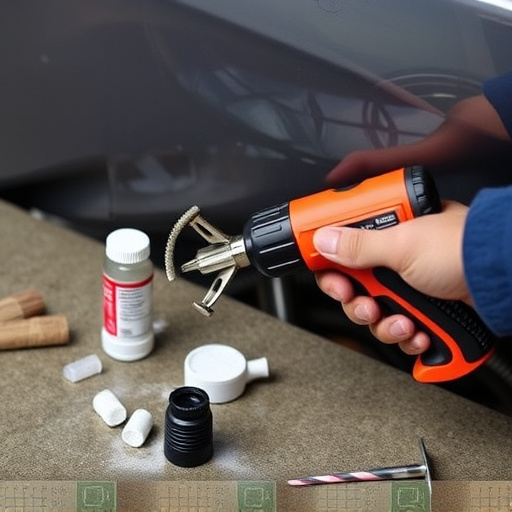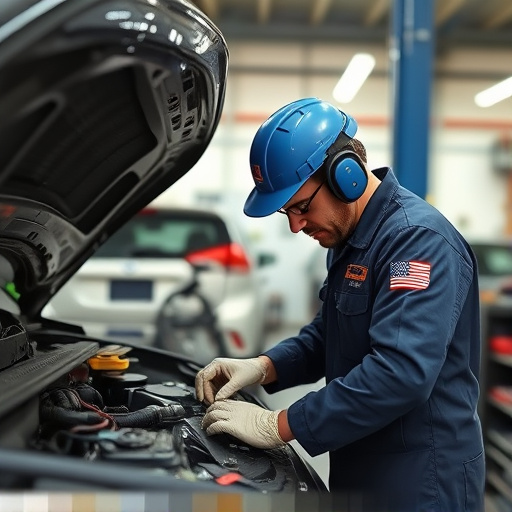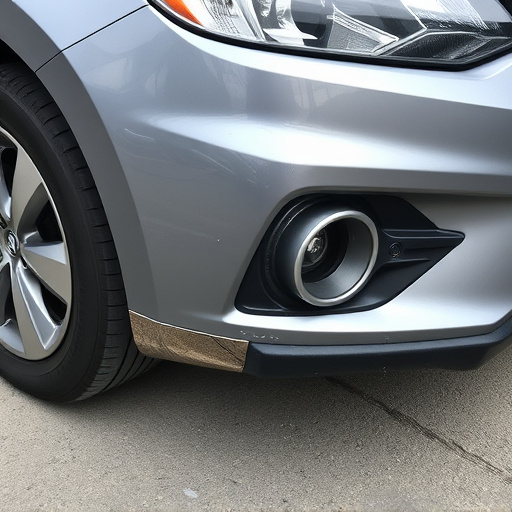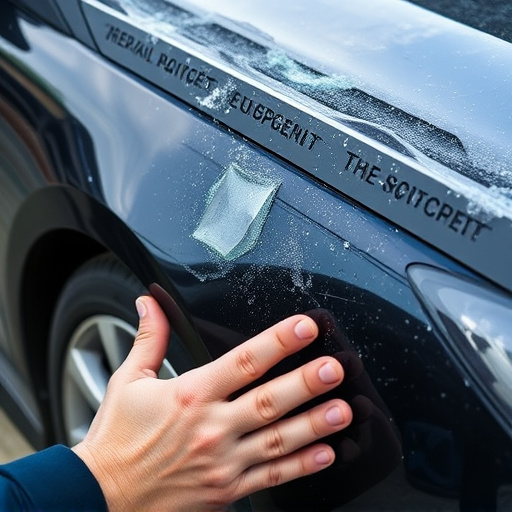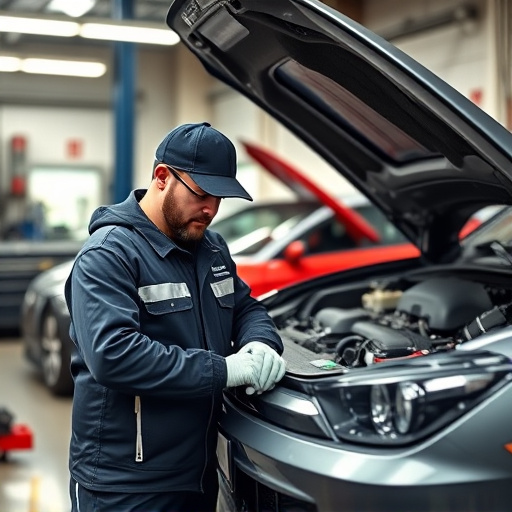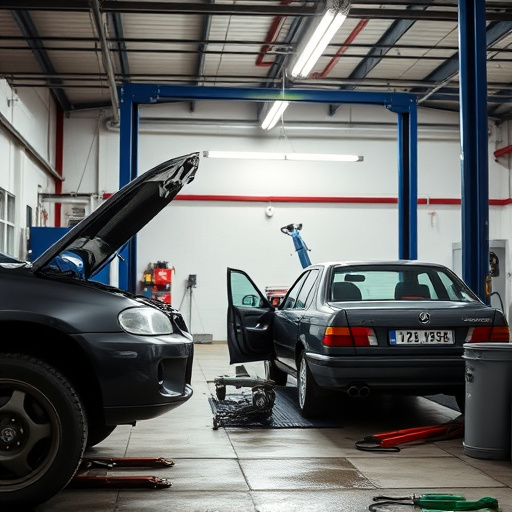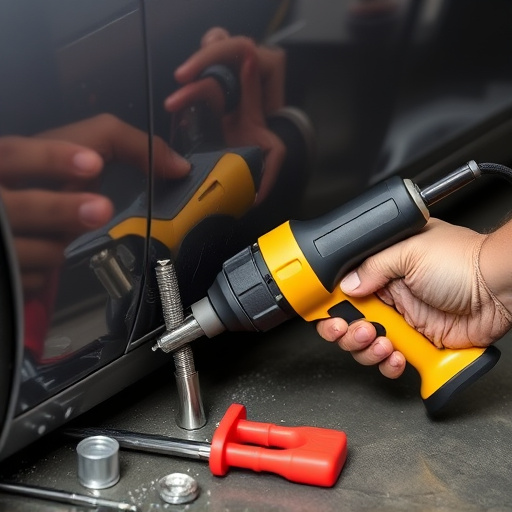Understanding the claims process is vital for all parties involved in a vehicle crash. It begins with assessing damage, both visible and hidden, and documenting it. The owner or insurance provider initiates the claim by submitting details and repair estimates. Choosing an authorized, skilled repair facility is key. They provide a detailed estimate, and with approval, repairs begin, aiming to restore the car to its original state through clear communication. Insurance plays a crucial role in ensuring efficient repairs, covering costs, and coordinating with trusted services. Policyholders have the right to choose their repair facility, maintaining transparency and records for a smooth claim settlement process, including minor issues like car scratch repair.
In the event of a vehicle crash, understanding the insurance claims process is crucial for efficient repairs. This article guides you through the intricate steps of filing a claim, highlighting the role of insurance in facilitating swift and effective vehicle crash repair. We’ll explore your rights and responsibilities, ensuring you’re informed every step of the way. Learn how insurance companies navigate this complex landscape to provide compensation and support, ultimately aiding in the restoration of your vehicle to pre-crash condition.
- Understanding Vehicle Crash Repair Claims: A Step-by-Step Process
- The Role of Insurance in Facilitating Efficient Repairs
- Your Rights and Responsibilities When Filing a Claim
Understanding Vehicle Crash Repair Claims: A Step-by-Step Process

When a vehicle experiences a crash, understanding the claims process is vital for all parties involved. The journey to restore your car to its pre-accident condition begins with several key steps. First, assess the damage; this involves a detailed inspection of the car’s bodywork, identifying both visible and hidden impacts. Once damage is documented, the owner or insurance provider initiates the claim, submitting necessary details and estimates for repair.
The next phase involves choosing an authorized repair facility, ensuring they have the expertise and resources to handle complex auto collision repairs. The selected shop will then provide a detailed estimate, outlining the work required, parts needed, and associated costs. After approval, the repair process commences, with skilled technicians working on the car’s bodywork, restoring it to its original state. Throughout this step-by-step process, clear communication between all parties guarantees a seamless and efficient vehicle crash repair experience.
The Role of Insurance in Facilitating Efficient Repairs
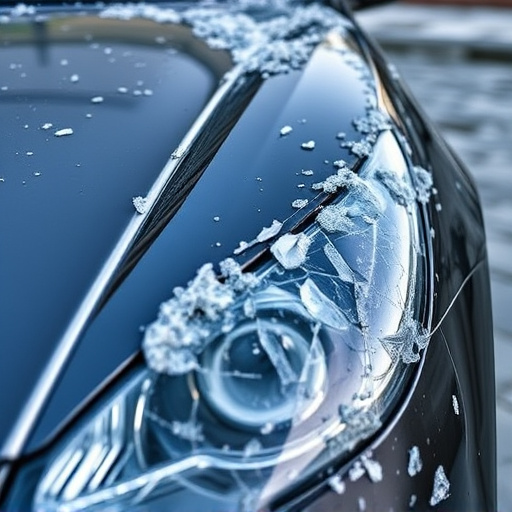
Insurance plays a pivotal role in ensuring efficient repairs after a vehicle crash. When a car is involved in an accident, the financial burden of repairs can be immense. Insurance companies step in to cover these costs, providing policyholders with peace of mind and facilitating swift action. By offering compensation for damage, insurance encourages prompt vehicle crash repair, which is crucial for safety and roadworthiness.
This process simplifies the entire experience for car owners. Instead of managing repairs directly, policyholders can rely on their insurance providers to coordinate with trusted auto repair services. This streamlines the workflow, allowing for faster turnaround times and access to quality auto maintenance. Even minor issues like car scratch repair are often covered under comprehensive policies, further emphasizing the insurance industry’s commitment to supporting drivers in their time of need.
Your Rights and Responsibilities When Filing a Claim
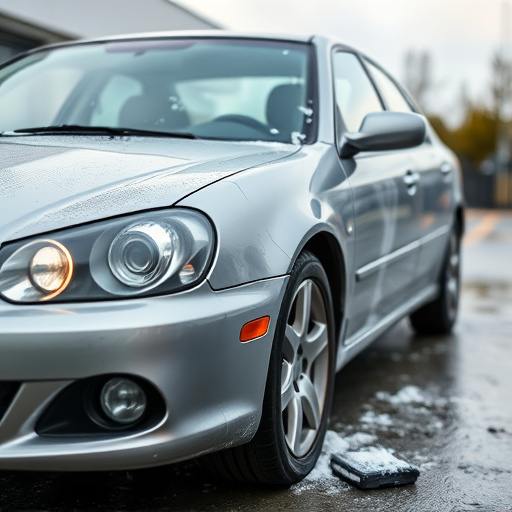
When you file a claim for vehicle crash repair after an accident, it’s crucial to understand your rights and responsibilities. As a policyholder, you have the right to choose where you get your vehicle repaired, whether it’s through a direct repair facility (DRF) recommended by your insurance company or at any licensed automotive body shop of your choice. This freedom allows you to opt for a trusted local repair shop offering specialized services like frame straightening for more severe damages.
During the claim process, you’re responsible for providing accurate and complete information about the incident. This includes reporting all damages, not just visible ones, as hidden issues might arise during vehicle crash repair. Additionally, keeping thorough records of your communications with the insurance company and the chosen automotive body shop is essential. These documents can serve as a reference when resolving any discrepancies or disputes that may arise regarding repairs, including car scratch repair, ensuring a smoother and more transparent claim settlement experience.
Insurance plays a pivotal role in streamlining vehicle crash repair processes, ensuring that drivers receive timely and fair compensation for their damages. By understanding your rights and responsibilities outlined in this article—from filing a claim to navigating the step-by-step process—you can effectively manage repairs and focus on getting back on the road safely. Remember, knowing how insurance works is crucial for a smooth vehicle crash repair experience.
